Wolfsschlucht III
In 1942, the Germans knew that an allied landing in northern or western France would occur sooner or later. Hitler wanted to lead the defense against such an invasion as close as possible to the front and for this purpose a FHQ (Führerhauptquartier) was needed. At Margival, about ten kilometres northeast of the Soissons (about 100 kilometres north of Paris), the Germans began to build an FHQ from which Hitler would lead the defense if the allies landed in northern France. For a landing on the French Atlantic coast, in June 1942, the Germans began building a FHQ outside a small village called Saint Rimay, about 250 kilometres southwest of Paris.
The choice of location was due to the fact that it was adjacent to a tunnel over 500 meters long, which could thus serve as a protection for Hitler’s personal train. Already in October 1940, the Germans had used the tunnel in connection with Hitler’s meeting with the Vichy prime minister Pierre Laval and leader Philippe Petain. At these meetings, the train had been parked in the tunnel. The actual meetings with the respective took place at the Montoire-sur-le-Loir train station a few kilometres west of the tunnel. The construction of the two FHQs started around the same time and they were named Wolfsschlucht 2 (Margival) and Wolfsschlucht 3 (Saint Rimay), or W2 and W3.
A first step was to make the tunnel in Saint Rimay bombproof and therefore the roof was reinforced and the two openings were reinforced with steel doors. Directly adjacent to the northern opening were built two concrete bunkers, a Führer bunker with four meters thick walls and a smaller bunker for Hitler’s employees, as well as four air defenses. The idea was also to build additional bunkers for Hitler’s personal bodyguard, but in August 1943 the construction was suspended.
It’s unclear why the construction of the W3 was interrupted, but it may have been because the Germans made the assessment that an allied invasion was to be expected in northern France and not on the French Atlantic coast. This made W2 strategically better than W 3 did. In addition, the Germans had to economize on both labor and material resources. W 3 was nevertheless held in "alert" should the situation change, but when the invasion took place in June 1944 W3 was abandoned. Hitler came to use W2 as headquarter, albeit only for one day.
Current status: Preserved with information board (2014).
Location: 47°46'15.58" N 0°55'26.49" E
Get there: Car.
Follow up in books: Seidler, Franz W & Ziegert, Dieter: Hitler’s Secret Headquarters (2004).
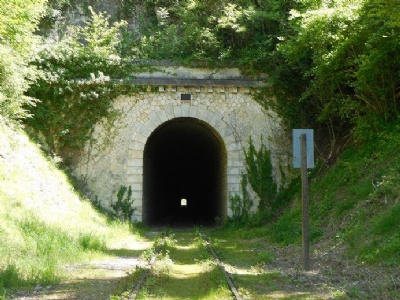
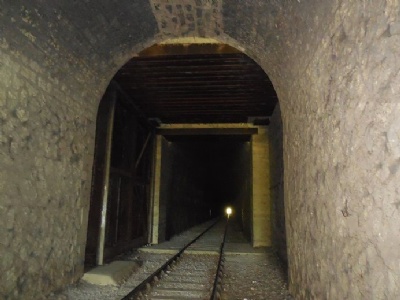

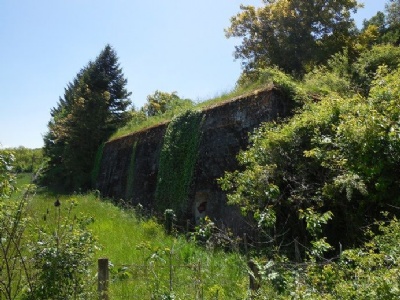


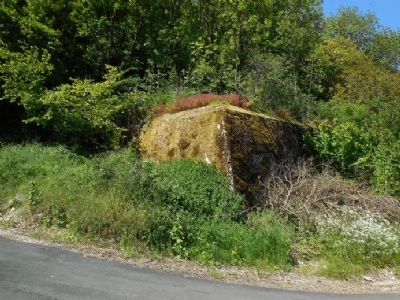

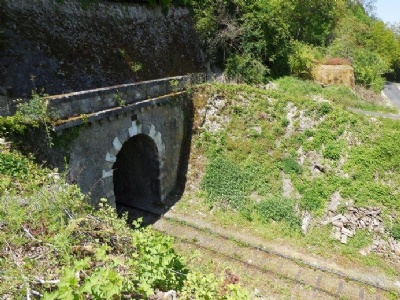
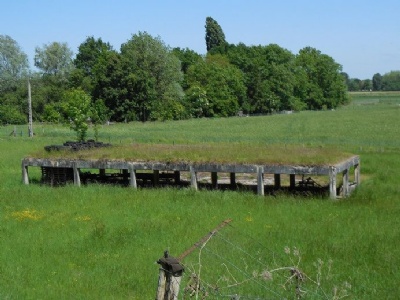

The two bunkers can be visited but are not easy to enter due to the vegetation. In addition, you have to be careful because there are a lot of holes in the bunker itself. One air defense is also left but it’s quite impossible to find if you do not know that it stands in the middle of a field, well hidden in a grove.